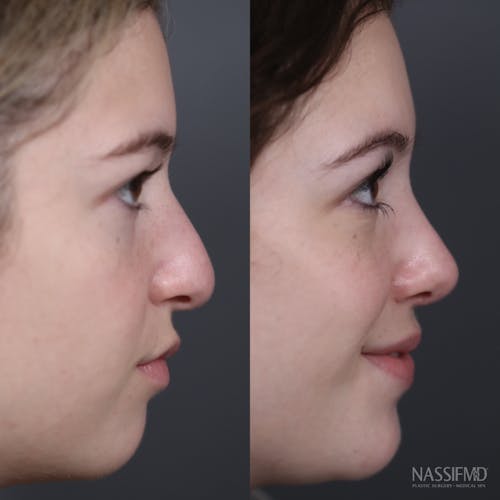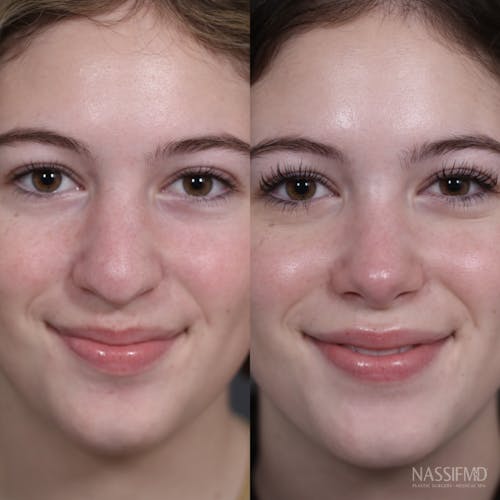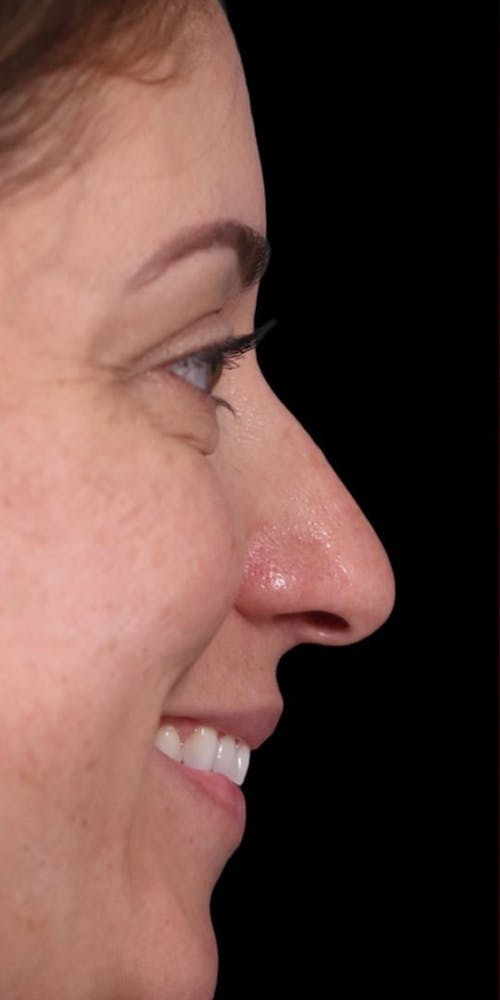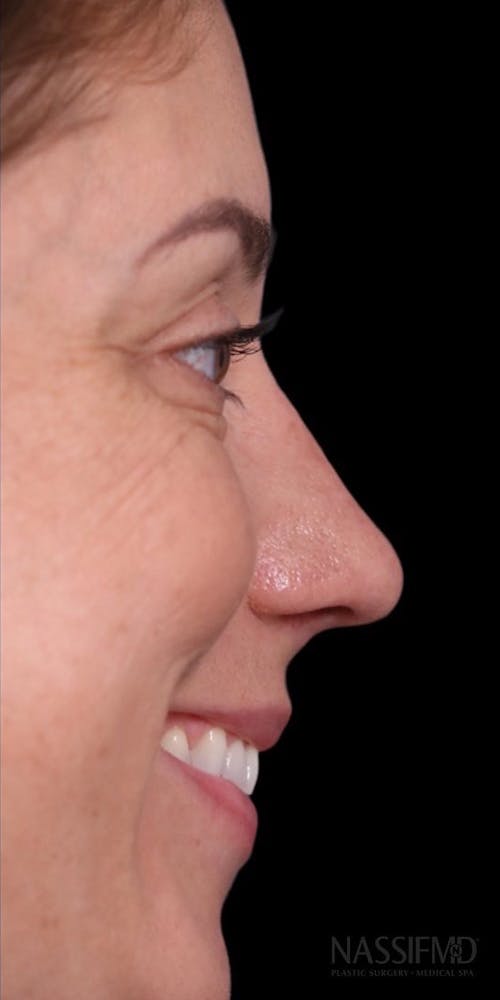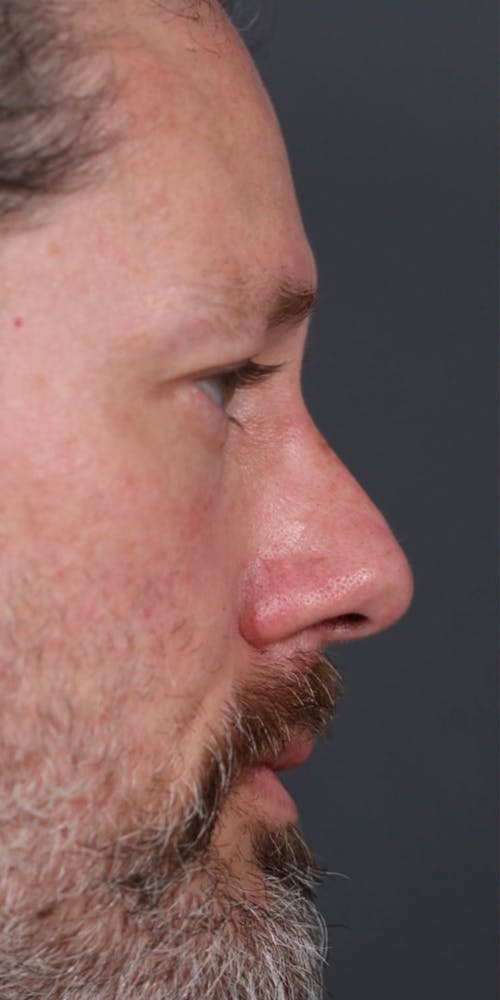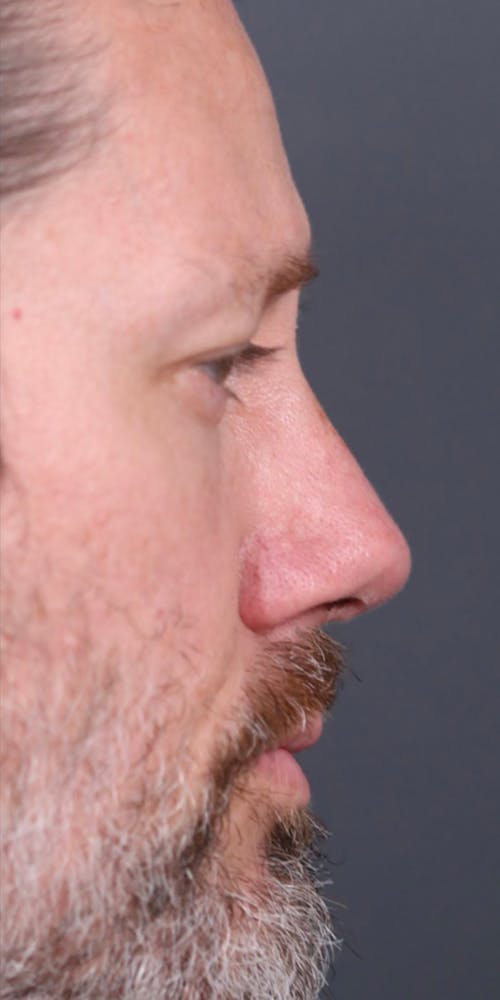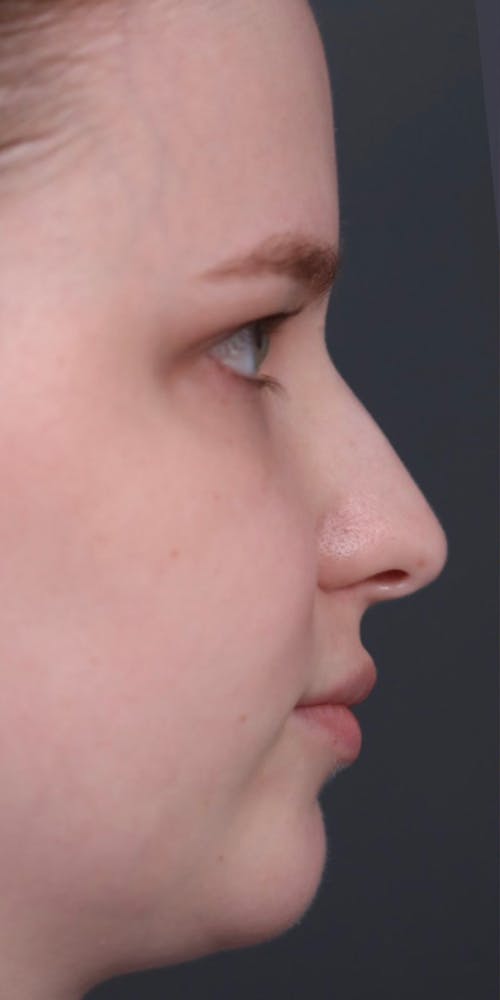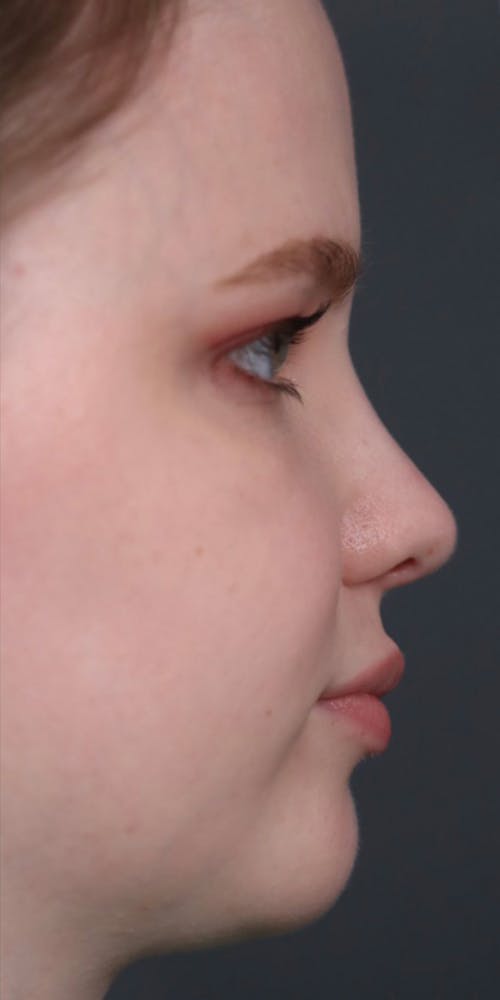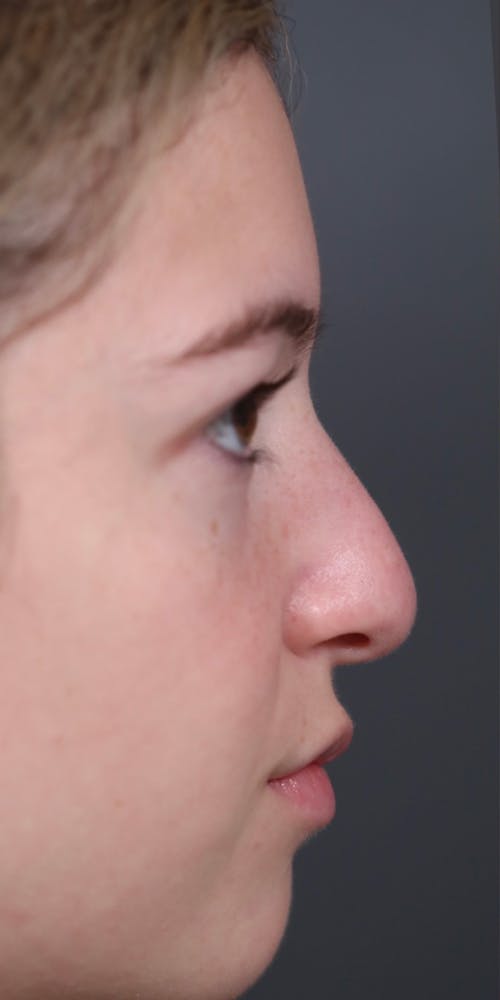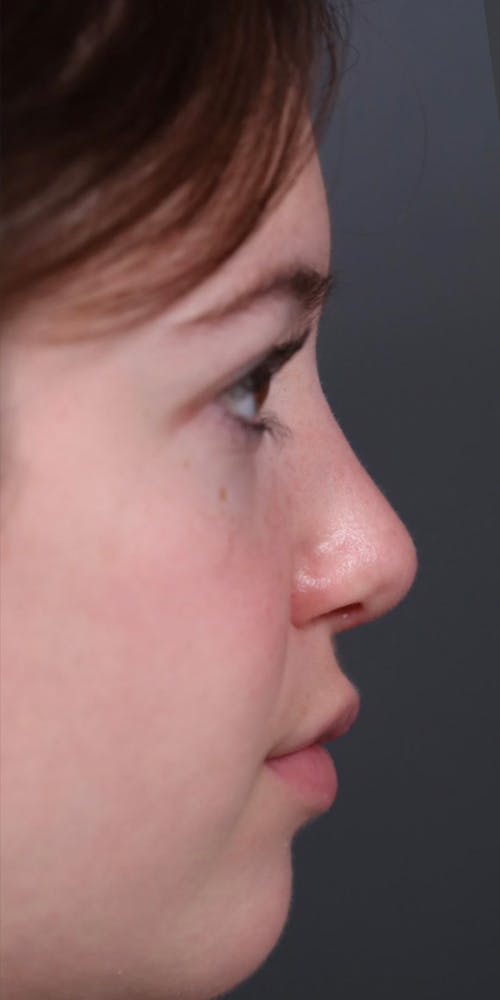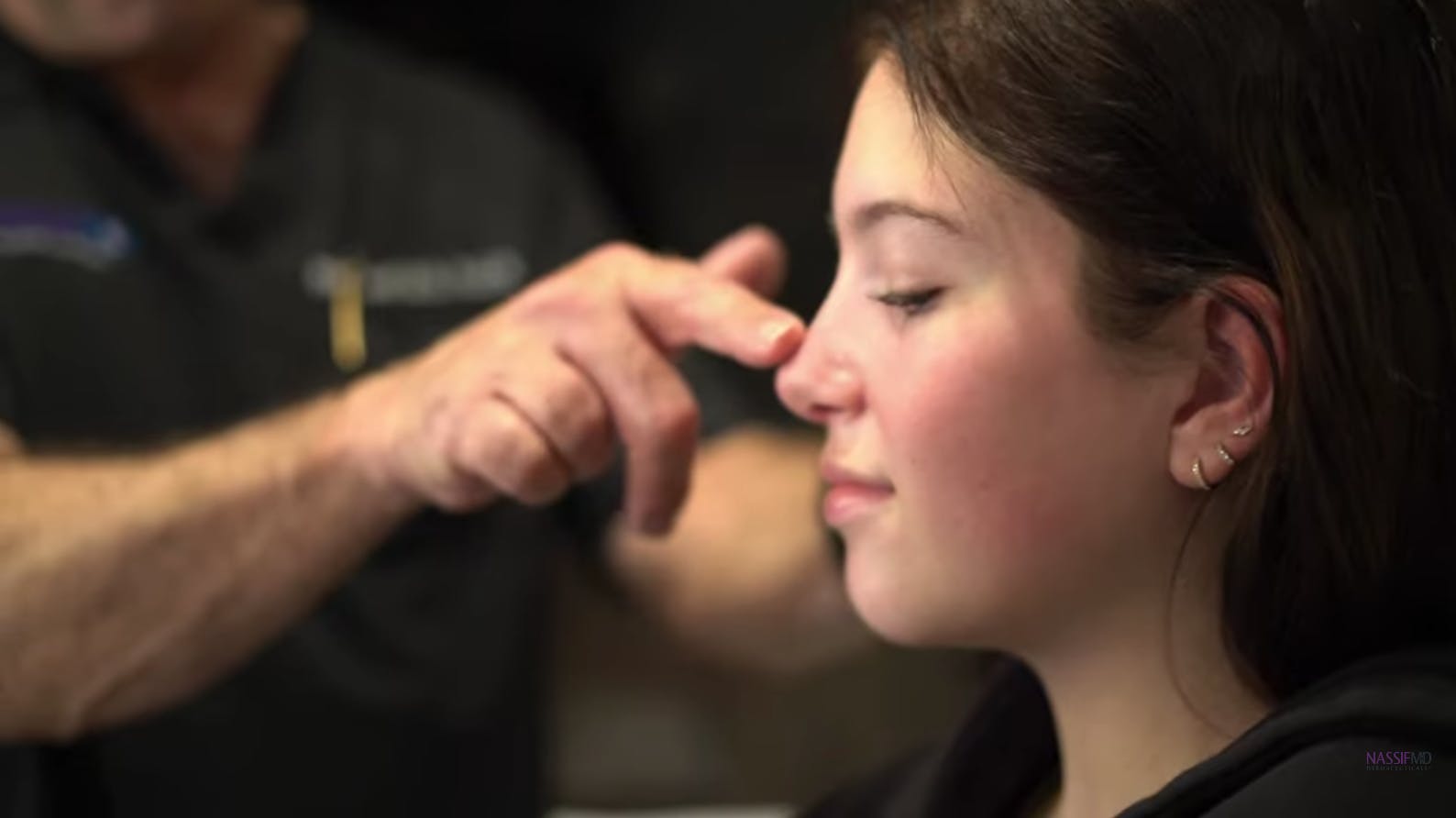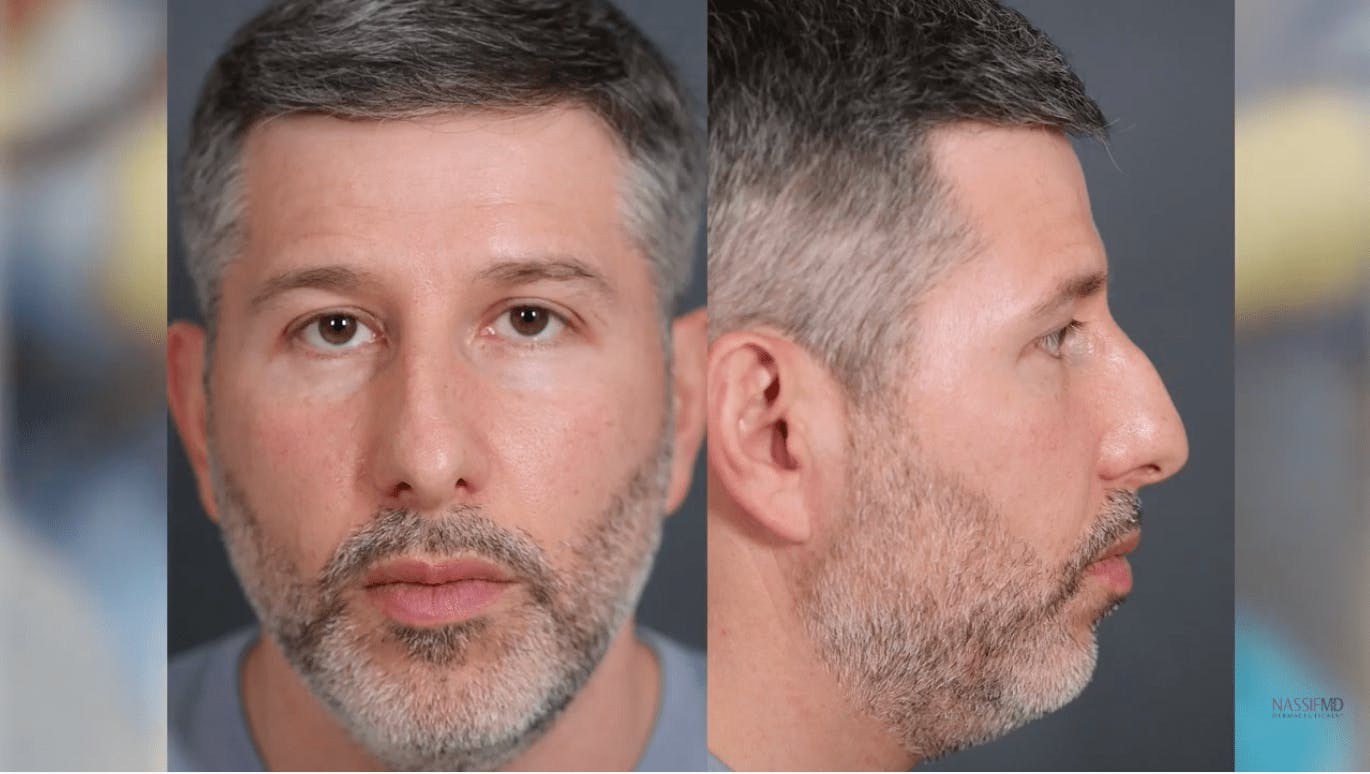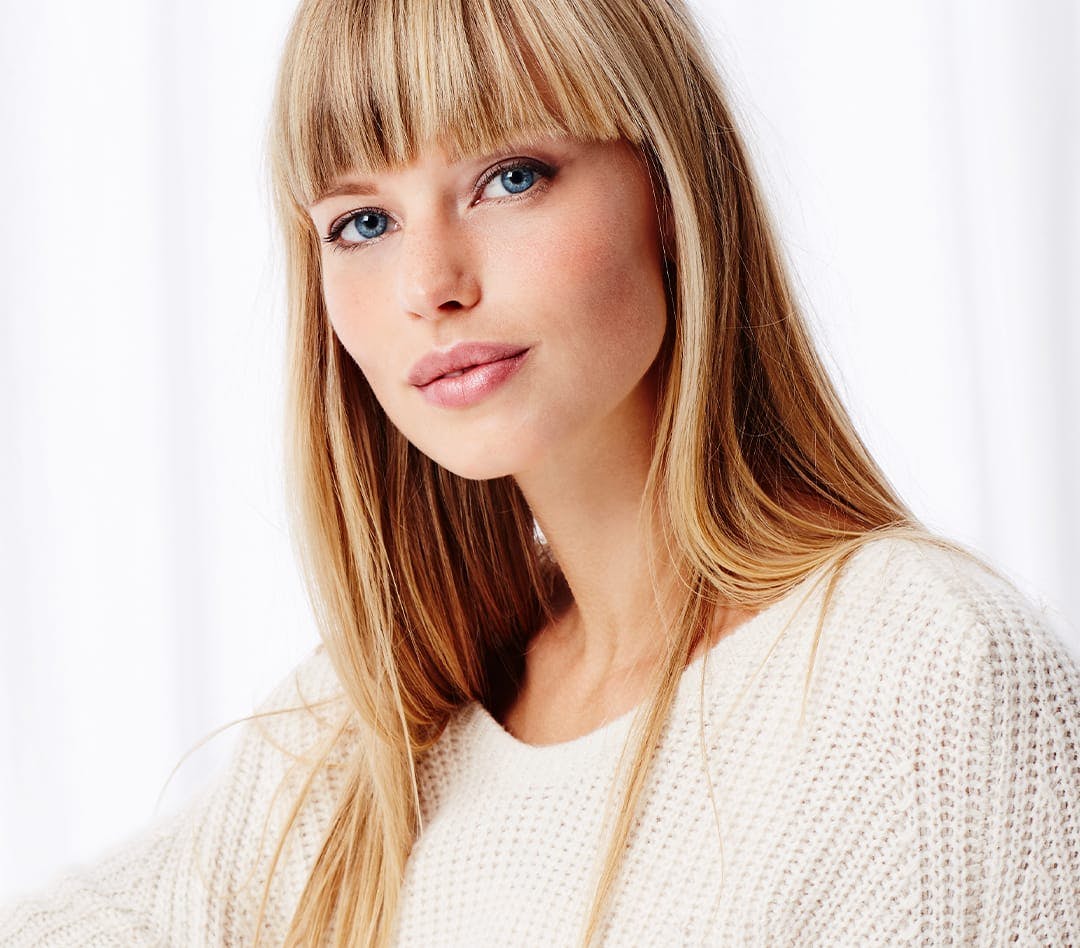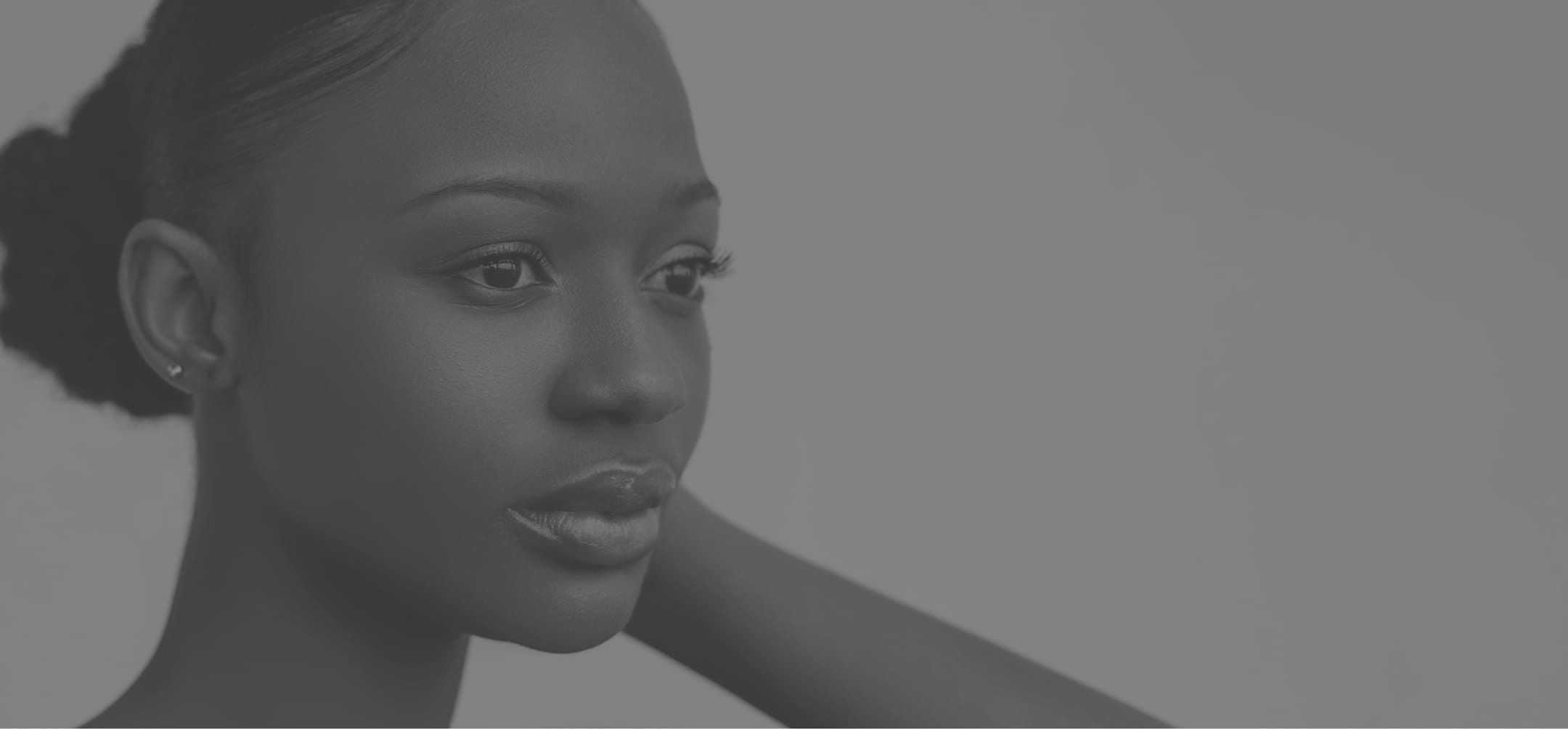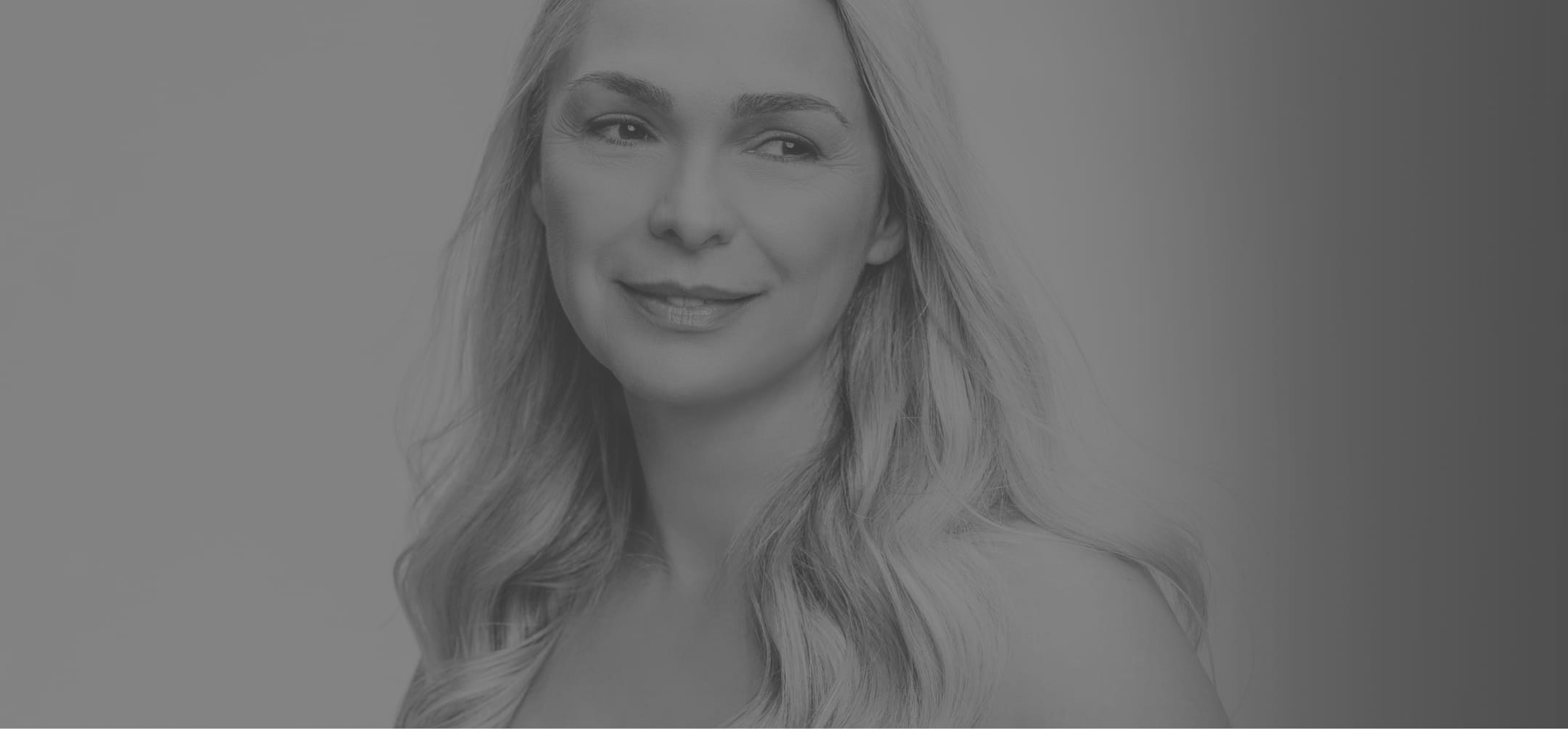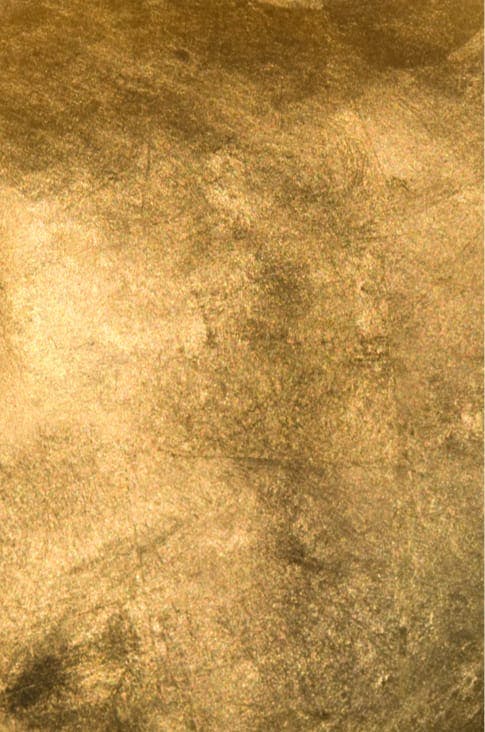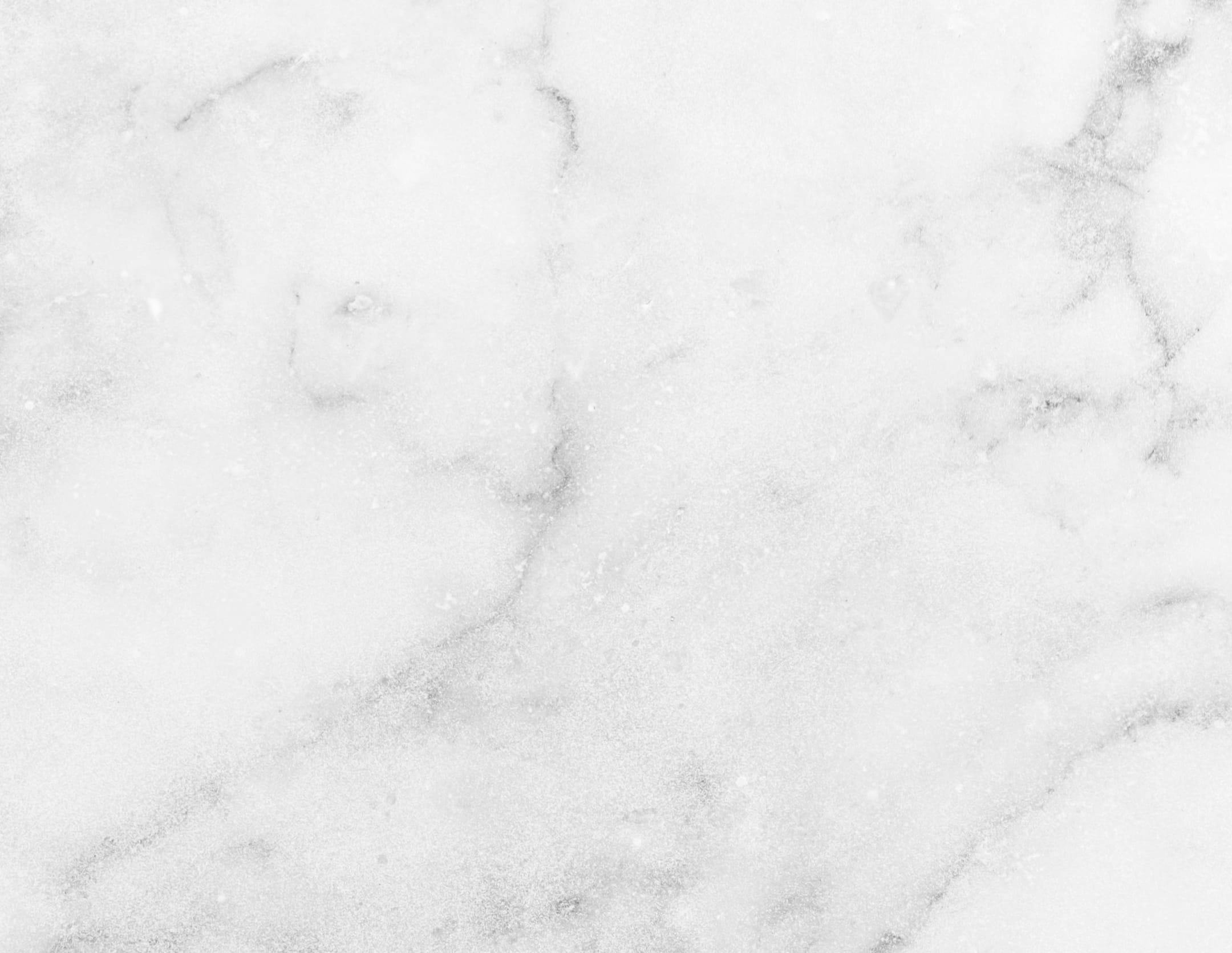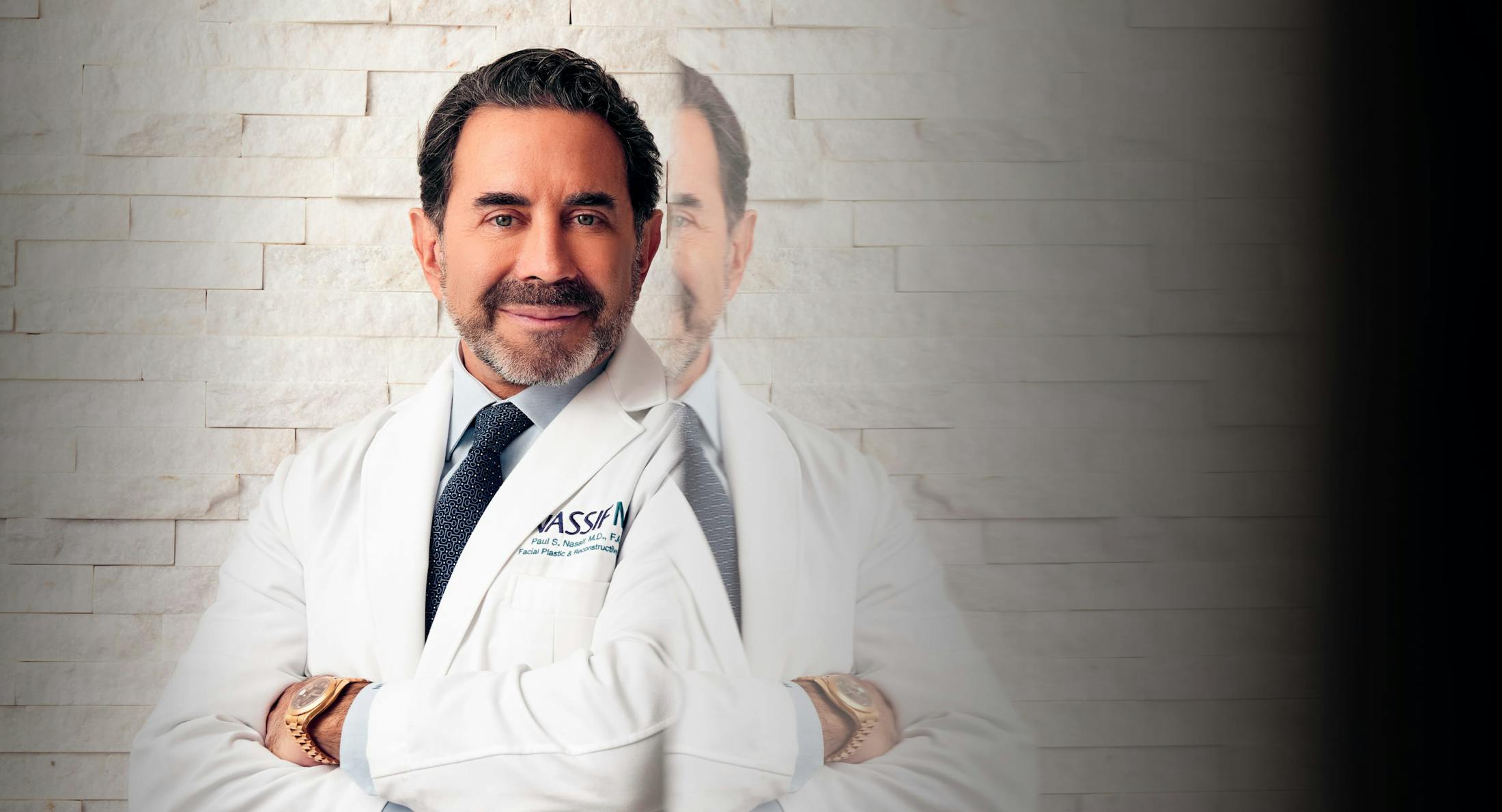Your facial appearance is your calling card and creates the first impression. The size and shape of your nose play a significant role in the appeal of your face. Modern plastic surgery makes it possible, in talented hands, to create a more balanced, harmonious facial appearance by changing the nose's shape, size, or contour with rhinoplasty in Beverly Hills.
Rhinoplasty FAQ
What if I need to blow my nose the day after my rhinoplasty?
Can I present my new nose to everyone the day after my nose surgery?
Can I drive myself home after rhinoplasty?
What can I do for pain or headaches after the procedure?
I recently had a nose job in Los Angeles, but it was botched. Can I get it fixed?
What is the ideal age for rhinoplasty?
How soon can I expect to see results after rhinoplasty?
Does insurance cover rhinoplasty?
Will my voice change after rhinoplasty?
What if I need to blow my nose the day after my rhinoplasty?
It's advisable not to blow your nose as it can harm the surgical site, potentially causing stitches to rupture, severe pain, or excessive bleeding.
Can I present my new nose to everyone the day after my nose surgery?
Yes, you can, but please be aware that it won't appear normal-sized. It will be bandaged, bruised, and swollen. After the tape is removed, the bruising may take another week to subside. The nose will continue to heal over the next month. In some cases of extensive reconstruction, achieving the desired look may take several months. Expect a few weeks of recovery before being red-carpet-ready. Remember, a few months of healing is a small price to pay for a lifetime of confidence and happiness.
Can I drive myself home after rhinoplasty?
No, due to the effects of anesthesia, patients should not drive themselves home after rhinoplasty. Our office can assist you with the necessary arrangements if you require transportation and are out of town.
What can I do for pain or headaches after the procedure?
Only take medications as directed by your physician. Avoid medications containing aspirin or NSAIDs, such as ibuprofen. Applying a cool washcloth or ice pack to the top of your head for pain relief is recommended, ensuring the bandage does not get wet.
I recently had a nose job in Los Angeles, but it was botched. Can I get it fixed?
Absolutely! Dr. Paul Nassif specializes in revision rhinoplasty in Beverly Hills. For information on rhinoplasty revisions, please refer to this page.
What is the ideal age for rhinoplasty?
Rhinoplasty is typically performed on individuals with fully matured facial structures, usually aged 16-18. Consultation with your surgeon will determine the best time for your unique needs.
How soon can I expect to see results after rhinoplasty?
Initial improvements are visible within a few weeks, but full results may take up to a year as swelling gradually subsides.
Does insurance cover rhinoplasty?
Cosmetic rhinoplasty is generally not covered by insurance. However, some insurance plans may cover part of the cost if the procedure is necessary to correct breathing issues.
Will my voice change after rhinoplasty?
For most patients, rhinoplasty does not impact the voice. However, minor changes in nasal airflow may slightly affect resonance, though it’s usually unnoticeable.


